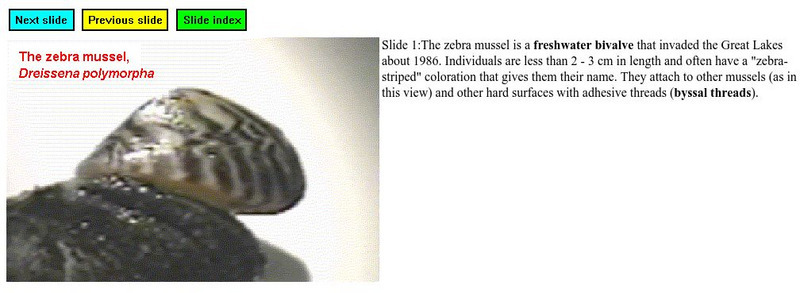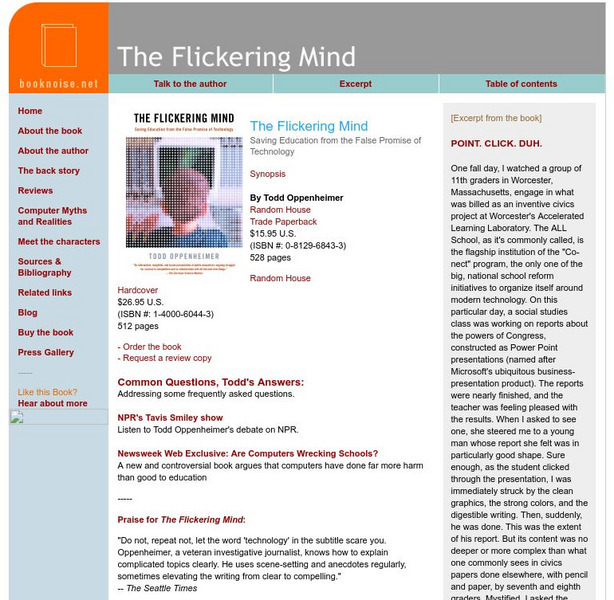Other
Crime Scene Investigator: Evidence Collection Guidelines
A list of specific types of evidence that could be collected from a crime scene. Links to methods for collecting the following kinds of evidence: blood stains, seminal stains, hair, fibers and threads, glass, paint, flammable liquids,...
PBS
Pbs Learning Media: Amplifying Indigenous Experiences: Pbs All Stars Lessons
Students will watch three episodes of the UNLADYLIKE2020 series of 26 short films and explore the similarities in issues affecting these women while also identifying the qualities that made them unique. The lessons are about finding...
Other
Common Threads Unraveling the World of Textiles
Through the examination of two textiles from opposite sides of the world you will go in-depth to reveal how fiber arts can tell us more about people in other cultures.
Curated OER
Web Gallery of Art: Old Woman Unreeling Threads
An image of "Old Woman Unreeling Threads", created by Gerrit Dou from 1660-65 (Oil on panel, 32 x 23 cm).
Curated OER
Web Gallery of Art: Ariadne Handing Theseus the Thread
An image of "Ariadne Handing Theseus the Thread", created by Johann Michael Rottmayr from 1705-08 (Fresco).
Other
Voice Thread: Baby Farm Animals
Narrated slideshow introduces viewers to a variety of baby animals and answers such questions as, what are baby goats called? what are baby cows called? what are baby swans called? [Registered users can comment on each slide, via text,...
Curated OER
History Matters: Laissez Faire for Depression Woes
Read this transcript of the testimony of Yale Professer William Graham Sumner speaking before a committee of the House of Representatives in 1878. His contention was that even with the thread of depression, it was in business' best...
Smithsonian Institution
Smithsonian American Art Museum: Lia Cook: Textile Painter
The artwork of Lia Cook, textile painter is profiled. Cook has a unique way of "weaving paintings" by dying silk cords, painting linen threads, and weaving them together to create figures and motifs.
Other
Latino Cultures & History: Hispanic Threads in America
This resource provides a general overview of Latino involvement in American history.
Other
Zebra Mussel Page: Zebra Mussel Slide Show
Click through the whole slide show to find basic information on zebra mussels, how they live, the problems they can cause, and possible solutions.
Other
U.s. Treasury: History of u.s. Currency
This page provided by the Bureau of Engraving and Printing gives the the history of paper money from the colonial notes in 1690 to the currency redesigns of 1996 and 2003.
TED Talks
Ted: Ted Ed: The Silk Road: Connecting the Ancient World Through Trade
With modern technology, a global exchange of goods and ideas can happen at the click of a button. But what about 2,000 years ago? Shannon Harris Castelo unfolds the history of the 5,000-mile Silk Road, a network of multiple routes that...
Cold Spring Harbor Laboratory
Dolan Dna Learning Center: Dna Molecule: How Dna Is Packaged Advanced
An animated tutorial showing how each chromosome consists of one continuous thread-like molecule of DNA coiled tightly around proteins. [1:42]
TeachEngineering
Teach Engineering: Find Your Own Direction
In this activity, students create their own simple compass using thread, needle and water in a bowl - and learn how it works.
Alabama Learning Exchange
Alex: Know Your Limits
The limit is the fundamental notion of calculus. This underlying concept is the thread that binds together virtually all of the calculus studied by the student. In this lesson, the student's knowledge of limits will be extended using...
Khan Academy
Khan Academy: Hands on Activity: String Art
This is a hands on activity designed to follow the first lesson on string art. Students will use needle and thread to create interesting string art designs. Specific steps are provided with suggested times for each. The activity is most...
Countries and Their Cultures
Countries and Their Cultures: Khoi
"Hottentot" was the collective name given to indigenous herders of southern Africa by early travelers from Europe. Subsistence activity was centered on the care of herds of sheep and cattle, hunting and the collection of wildplant foods....
Countries and Their Cultures
Countries and Their Cultures: Dyula
"Dyula" is a Manding word typically referring to "traders" as a socio-professional category, particularly to Muslim long-distance traders who speak one or another dialect of Manding. The name is used as an ethnic label by...
A&E Television
History.com: Amid the Holocaust's Horrors, Many Jews Found Ways to Mark Hanukkah
From carving menorahs on stolen blocks of wood to creating makeshift wicks from scraps of fat and used loose threads, concentration camp inmates devised covert ways to celebrate the holiday. All over Europe Jews found ways to celebrate...
Other
The Flickering Mind
Looking for an alternative point of view on educational technology? Use this informative website focusing on a book called "The Flickering Mind,"-a new and controversial book which argues that computers have done far more harm than good...
Edutopia
Edutopia: Redefining the Role of the Teacher
This article from Edutopia focuses on how students learn in the classroom. It discusses the shift in teaching from lecture-based in favor of student directed instruction.
TeachEngineering
Teach Engineering: Compare Fabric Materials
Students will look at different types of fabric and their respective individual properties. Using a magnifying glass and sandpaper they will test and observe the weave of fabrics and the wear quality of sample fabrics. By comparing the...
Phonics Guide
Papa Jan: What Is Phonics?
How can you define phonics? Take this opportunity to learn a little more about phonics and its relationship to letters and sounds.
Peabody Essex Museum
Peabody Essex Museum: The Art of American Embroidery
An exhibition overview about fiber arts. A selective history with representative examples of American Fiber Arts.
Other popular searches
- Discussion Thread
- Literary Threads
- Threading the Sewing Machine
- Discussion+thread
- Voice Thread
- Threading a Needle
- Threaded Discussion Groups
- Seven Spools of Thread
- Invisible Thread
- Waxed Thread
- Threading Beads
- Montessori Threading Beads














